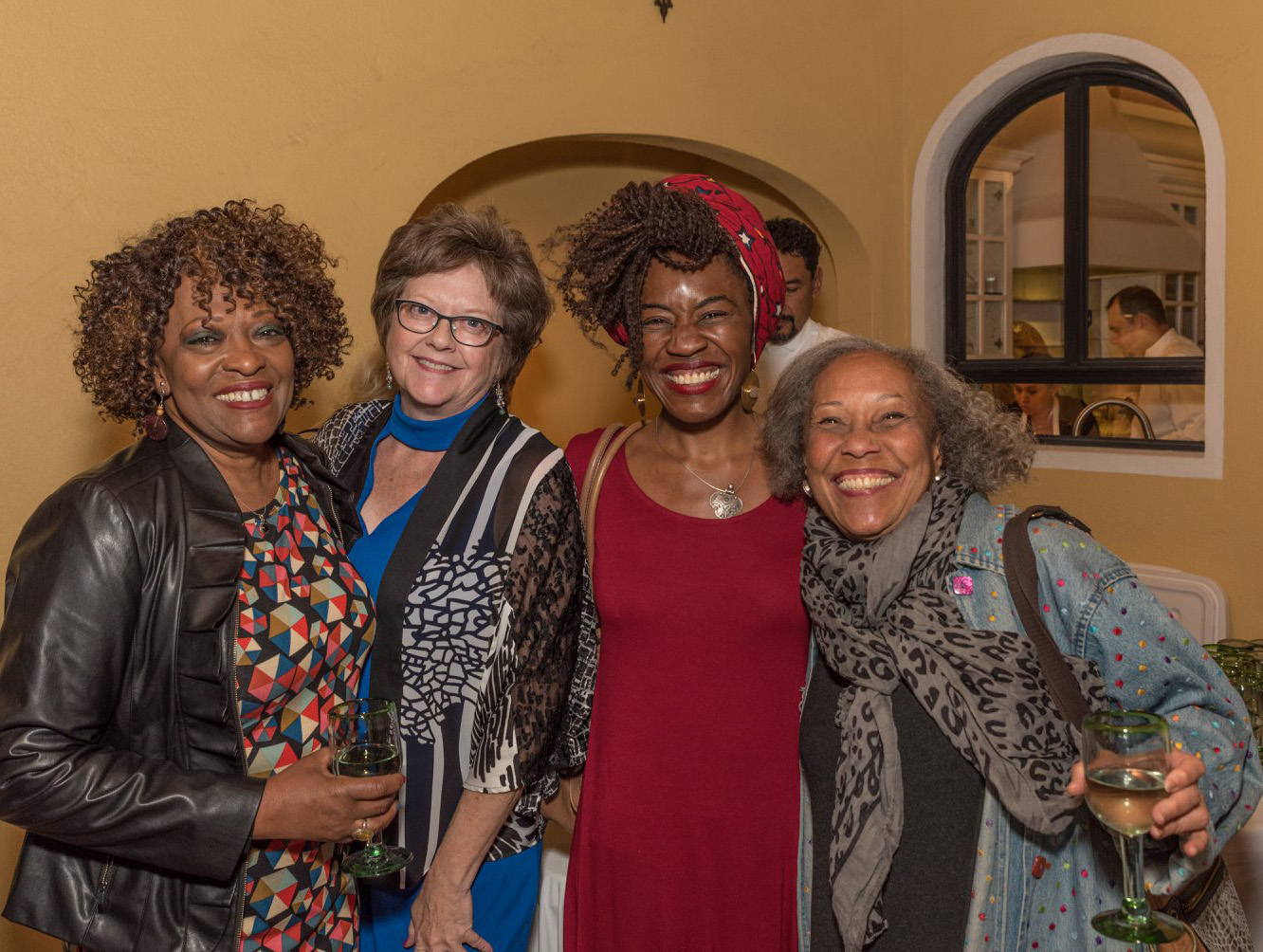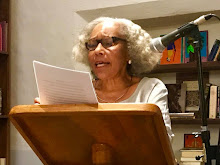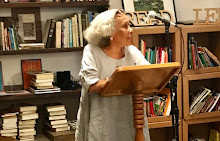The weather this year was different from what I’ve experienced since I moved to San Miguel. Winter was shorter. The chill dissipated before Candelaria, the February 2nd celebration that marks the official end of the Christmas holidays and is traditionally a time to prepare the earth for spring planting. In SMdA Candelaria brings vendors from all over central Mexico to Juarez Park to sell their plants and flowers. Having lived most of my life in climates where February is the coldest month, Candelaria is perhaps the greatest delight of my new life here in Mexico. The heat of May, generally the hottest month in my adopted city, begin mid-April and extended through the middle of June. Although the nights are always pleasant in this mountain village, it was way too hot to be outside during the heat of the day. The hardest thing for me to adapt to, besides the high altitude, has been the 40-degree variance in temperature most days. Even during the winter season, generally mid-December through the end of January, when the night chill sometimes makes you wish that these concrete structures had central heat, highs are in the 70s. Thankfully the rains began this week and soon we should be able to enjoy outside activities in the afternoon.
Shallow breathing season started June 1st, my new name for hurricane season, post Katrina. My fear that another fierce storm might hit New Orleans and topple the levies before I can sell my house makes it difficult for me to breathe deeply. Acupuncture and yoga help with this. Luckily I am living in a place where I can afford both.
This has been a hard year for Mexico. San Miguel managed to survive the winter, when press about the drug wars at the border kept many tourist away from Mexico. But following the outbreak of swine flu in Mexico City in April, tourist left this city in droves. Mexico moved aggressively to contain the spread of this virus, closing all public venues in its capital for 10 days at a cost to the city of more than ten million dollars a day. I cannot imagine Bloomberg closing NYC, the American equivalent of Districto Federal, if the outbreak of this flu had occurred in his city and less than ten people had died as a result. Now New York, which has had more cases of this flu than Mexico, is flush with tourists who continue to avoid Mexico. Many in both the American and Mexican communities here whisper about a conspiracy against Mexico. I can’t go there but am aware of the inflammatory nature of American news reportage. It was the primary reason that following Obama’s inauguration in January, I changed my cable lineup from CNN to the BBC.
Last weekend was the Los Locos (the crazy people) parade. Dia de Los Locos, is more than a carnival. It is also an act of faith and devotion that began in the 18th century when orchard workers danced to give thanks and ask San Pascual Bailón for a prosperous year. I didn’t fight the crowds to see the colorful costumes and floats, whose theme this year was Disney villains, but enjoy living in a country that understands the importance of fiestas—work needs to be balanced with play. In this way it reminds me of New Orleans, the city that I thought would be home during this phase of my life.
Some of the more conservative political websites label Americans living in Mexico as unpatriotic. We are not. Living here makes you more aware of the things that work in the US—we can employ most of our citizens, we have a social welfare system, that although insufficient, provides some assistance for those in need, our democracy is far less corrupt, a larger percentage of our children complete high school. What we are is “un” the 60-hour work-week, not just for the unskilled and uneducated but for the middle-class; “un” the economic imbalance where less than 10% of the population controls more than 85% of the wealth; “un” a health care system where a serious illness can bankrupt a middle class family with medical insurance. Shortly after I moved here, a friend, who had retired in San Miguel, had a heart attack and had no Mexican insurance. She received excellent care at a hospital in Querétaro, and the cost was less than the average annual health insurance premium for a person her age. A couple from Florida moved here two years ago with his elderly parents who were no longer capable of living independently. They were spending $10,000 a month caring for them in the States but spend less than a quarter of that here. We’re not here because we’re lazy—most of us worked our asses off for decades in the States. We are here because, whether we are retired, working part-time in the States or working in Mexico, we can afford a better quality of life. Here we live healthier lives—we have far less stress and the cost of fresh produce at the weekly market—20 pesos for a kilo of mangoes, 15 for a kilo of strawberries—is a pittance of what it costs in the States. If American corporations can shop globally for cheaper labor, why are we considered unpatriotic for shopping globally for a better quality of life?
This is not utopia—no place is. But living here has made me more flexible, increased my respect for different cultures—something we all need in our rapidly changing, global environment. Every place I’ve visited or lived has had its impact, changed me in some way, shown me a different way of approaching life. Who knows if I’ll stay here forever? I’ve had fantasies about living in other places where I’ve traveled—Accra, Buenos Aires, Rabat. Living outside my comfort zone no longer intimidates me. Maybe sometime in the future I’ll actualize one of those.



